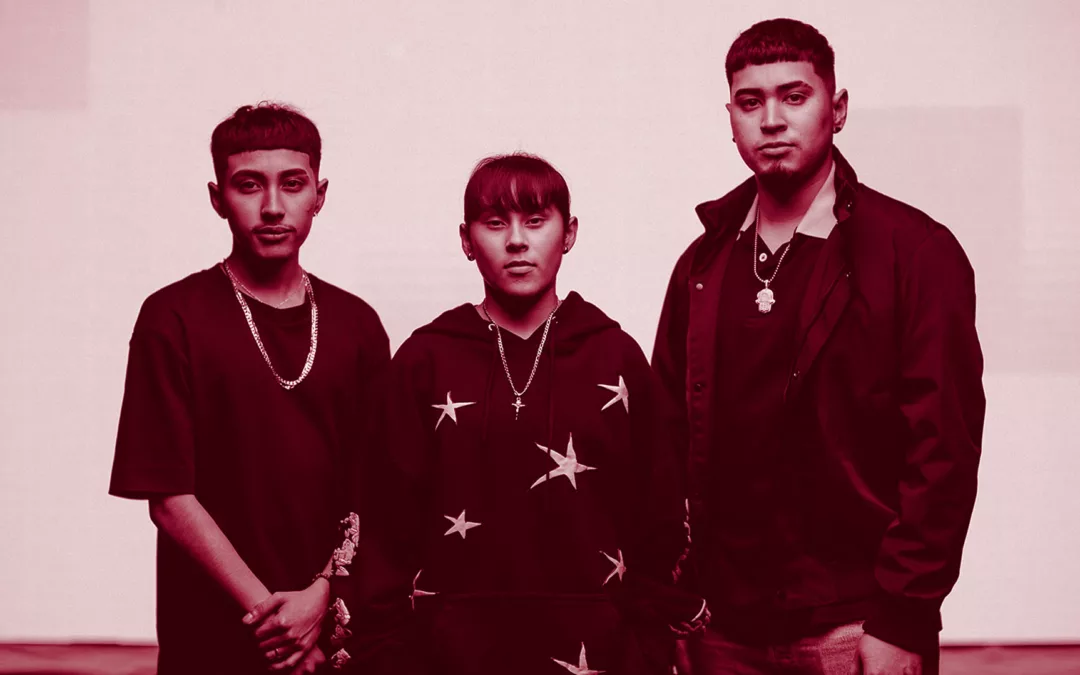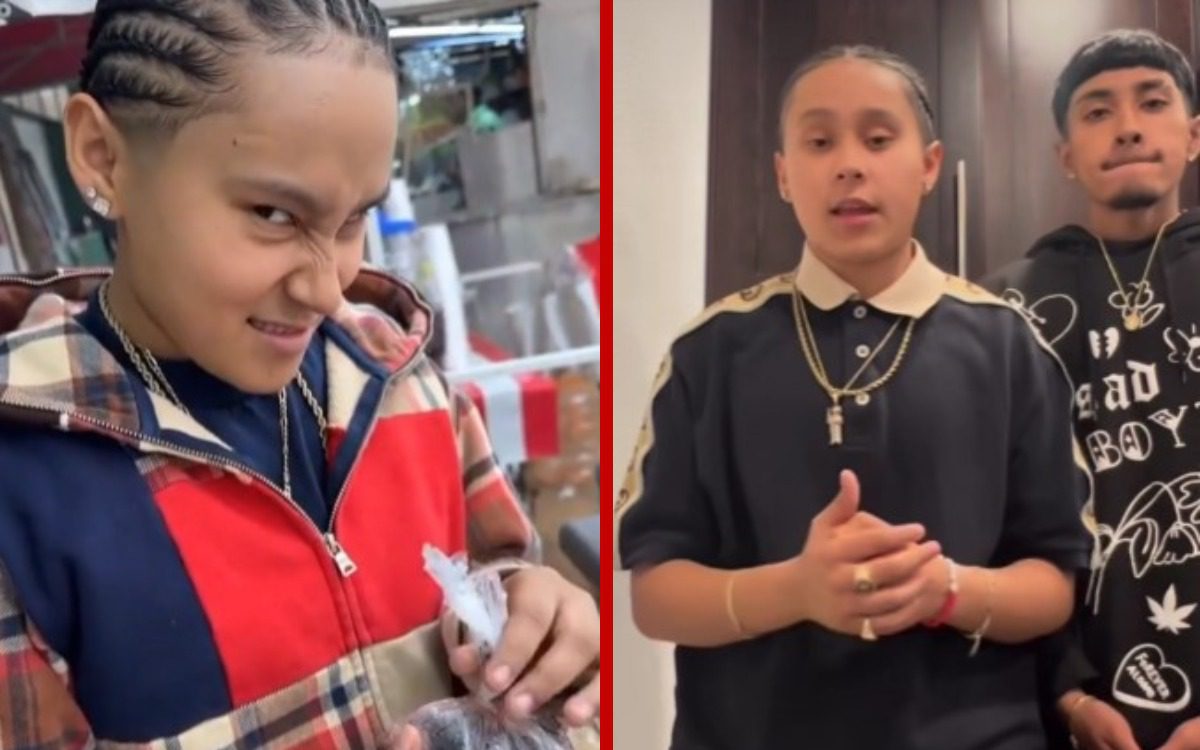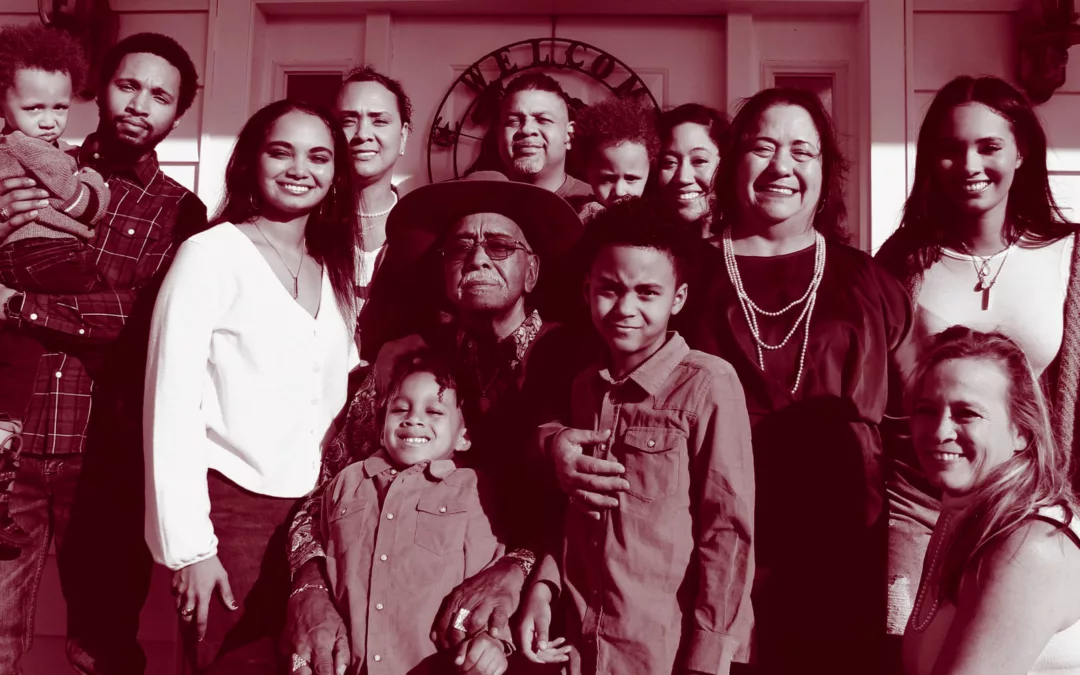
The origins of Hispanic Heritage Month.
Hispanic Heritage Month
Celebrated from September 15th to October 15th in the United States, is a time to honor the diverse and rich contributions of Hispanic and Latinx communities. However, while this annual observance holds great significance, it is essential to delve into its origins and examine how it has been sanitized by the mainstream market when discussing race and culture in the United States.Origins of Hispanic Heritage Month
To understand the roots of Hispanic Heritage Month, we must travel back to its inception. The idea for this month-long celebration can be traced back to the mid-20th century, a time marked by social and political change in the United States. It was during this period that various civil rights movements gained momentum, including the Chicano movement, which sought to address the concerns of Mexican Americans.
In 1968, President Lyndon B. Johnson proclaimed a week in September as National Hispanic Heritage Week. The choice of September 15th as the starting date was significant because it coincides with the independence days of several Latin American countries, including Costa Rica, El Salvador, Guatemala, Honduras, Nicaragua, México, and my birthday. This week was intended to recognize the contributions of Hispanic Americans to the nation’s history, culture, and society.
The recognition of Hispanic Heritage Week paved the way for an evolution in 1988 when President Ronald Reagan expanded it into a month-long celebration. This expansion allowed for a more in-depth exploration of the diverse Hispanic cultures and their lasting impact on American society. Since then, Hispanic Heritage Month has been an annual celebration, inviting Americans to embrace and appreciate the rich tapestry of Hispanic traditions.







Recent Comments